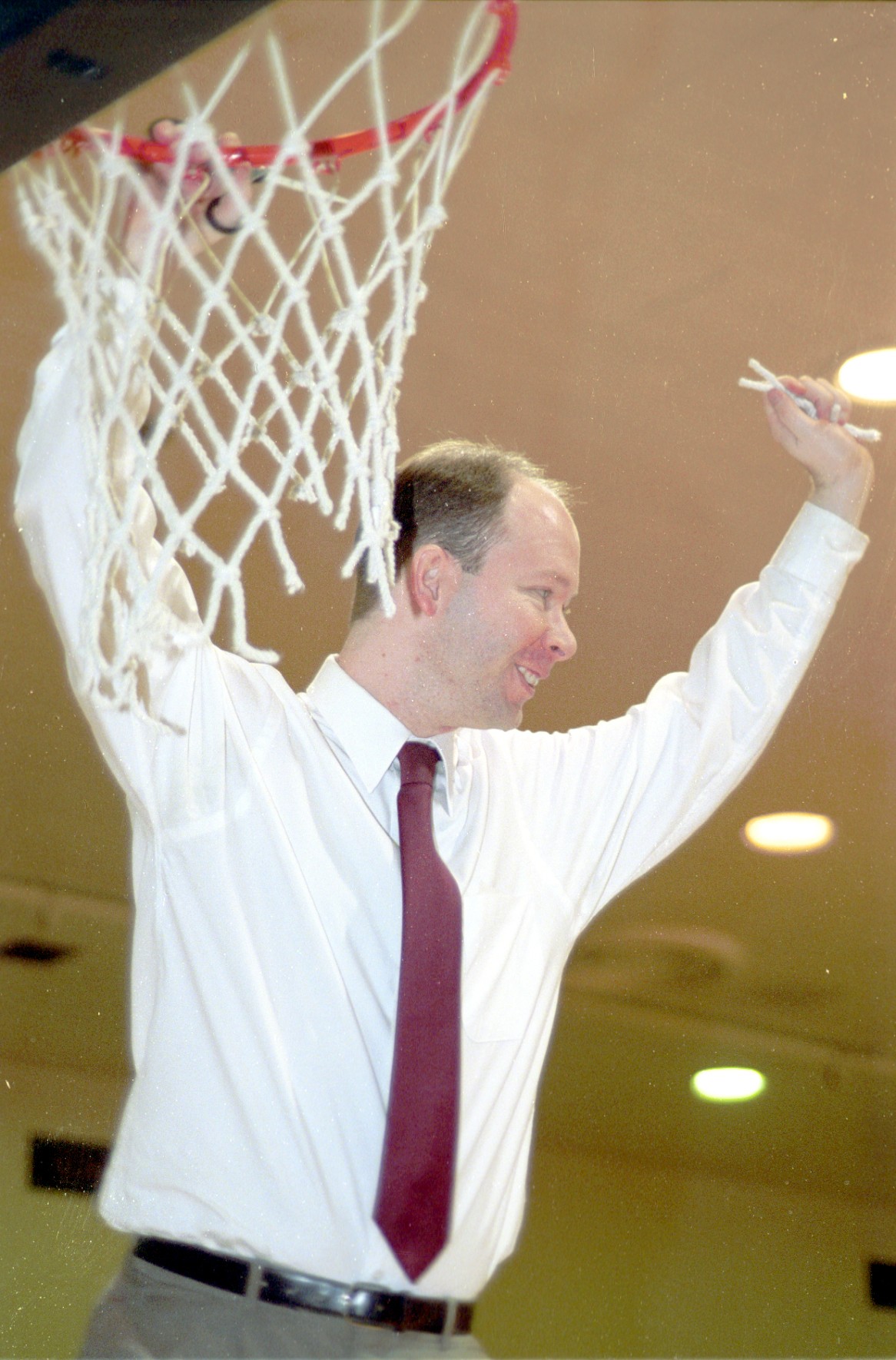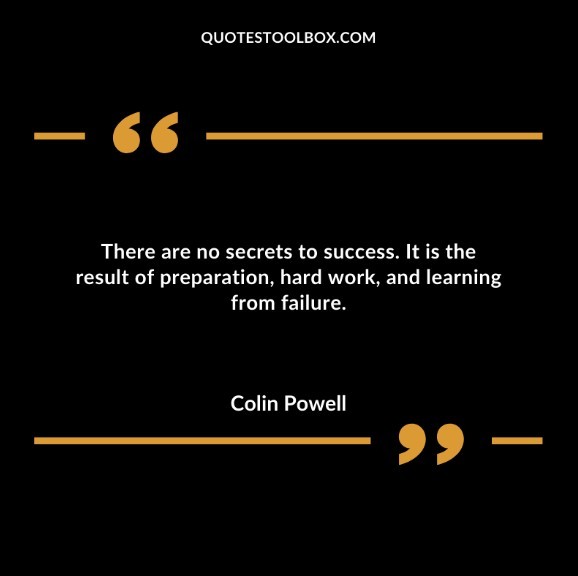We recently connected with Brian Williams and have shared our conversation below.
Brian, looking forward to hearing all of your stories today. What do you think it takes to be successful?
I believe that what success is varies from person to person, but that what it takes to be successful is constant. I do believe that you need to know what success means to you. Knowing why you want to succeed will give you the motivation to keep striving for your goals when others would give up.
“There are no secrets to success. It is the result of preparation, hard work, and learning from failure.” Colin Powell
No one sentence can sum up all that is necessary for success. But, those are three very good areas to focus on. And, each of those factors are within your control.
To me, being prepared means having:
• Having written plans for the work that needs to be done
• Identifying the most important work that needs to be completed
• Metrics to measure progress towards your goals
• Written processes, checklists, and systems with the optimal ways to carry out the projects and tasks
• Acquiring the necessary skills to reach your goals
• Having the right mindset for growth and for grit
Being prepared then allows you to get the most out of the hard work that you put in.
But, don’t confuse hard work with long hours of work. They are not the same thing. I have met people who put in a lot of hours and don’t accomplish much.
Hard work means focused work. It means keeping distractions from affecting your concentration. It means tackling the important but difficult project rather than settling for staying busy on less important tasks. It means doing what is “goal achieving not just tension relieving.” (Brian Tracy)
Then, once you have prepared yourself, and begun putting in the hard work, you will see some success and you will meet with some failure. Most of us experience more failure than success, Not because we are failures, but because it is HARD to be a successful entrepreneur. The only way to grow and improve is to try tests and experiments. Keep the ones that work and learn from those that don’t.
The process of striving for success never ends. You repeat it every day. Take the lessons learned from failure and go back to start at the preparation phase. Rework your plans, metrics, processes, skills, and grow your mindset for what is possible. Put in more hard work and make it smarter work from the lessons you learned from your failures. Then repeat, repeat, repeat…


Awesome – so before we get into the rest of our questions, can you briefly introduce yourself to our readers.
I am a retired high school teacher, coach, and athletic administrator. I married later in my career and as a result, had a change in my career philosophy. As I was working my way from assistant basketball coach to head basketball coach to Athletic Administration, I had to move to where the job opportunities were.
As my marriage approached, I decided that I wanted to work where I wanted to live rather than live where I wanted to work. I still wanted to be involved in the educational experience that athletics provide. In 2008 there were not many quality online resources for sports coaches to use for professional development. So, I decided to work to provide those resources.
In March 2008, I started building an email list and sending out a daily email with links back to a website with free coaching resources for basketball coaches. I wanted to provide something useful to their jobs in their inbox every morning. As a retired coach, I knew that they didn’t have time to go searching online for those types of resources. They were (and still are) too busy doing their jobs as teachers and coaches.
I believe that getting a daily email for subscribers every day for 15 years sets my sites apart from others. I know that not every subscriber opens every day. I know that not every coach uses every idea. I know that not every coach agrees with every idea. My goal is to provide ideas for them to analyze, criticize, and discuss with their fellow coaches until they have an idea that works for their athletes.
My belief is that by helping coaches improve themselves, they have a greater impact on the student athletes they work with. Students can learn and experience so many positive things through participating in athletics. I feel that I am contributing in a small way to those experiences when I receive emails from coaches saying that some of the resources I have shared have made a difference in how they coach.
Starting with the basketball site, I have branched out to include football, soccer, volleyball, track & field, athletic performance, baseball, and personal development in the network that received 4.5 million pageviews in 2022.
Are there any books, videos or other content that you feel have meaningfully impacted your thinking?
I have not been able to find where I first saw this, but it expresses one of my core business beliefs.
There are two ways to fail. The first is to act without thinking. The second is to think without acting.
While I am far from perfect, I have seen both types of entrepreneurs. Those who just start doing without having a plan or purpose. I also know business owners who buy courses, read books, listen to podcasts, but don’t take action on anything that they have learned.
Each of us needs to intentionally strike our own balance between coming up with ideas and executing those ideas. I know successful people who spend 2 or 3 hours per day in learning and in directed thinking. I also know others who spend 30 minutes per day thinking.
What has worked best for me is to schedule into my day 30 minutes of intentional learning from others—whether it be reading, podcasts, courses, or other means. To me intentional learning means that I have a specific area such as SEO, building better dashboards, or whatever I want to learn to grow the business. I also spend 30 minutes each day in directed thinking.
The book that has been a part of both of those daily routines is “The Road Less Stupid: Advice from the Chairman of the Board” by Keith J. Cunningham. In the book, he outlines (and I have adapted his ideas) in great detail exactly how he structures his daily thinking time to get past easy answers to his problems, to get past obvious answers, to get past popular answers, and arrive at answers that make a difference in his business. It is the book that has been the biggest influence on my business over the past five years because I have consistently applied his thinking time technique.
The book that helped me to get started on my career as an entrepreneur was “177 Mental Toughness Secrets of the World Class” by Steve Siebold. Not only does the book provide actionable insights to help you develop an entrepreneurial mindset, but it also provides a resource (book, website, video) with every one of the “secrets” that goes deeper into each topic. The resources are from thought leaders in the field of how our minds work and how we can better utilize our thoughts. The book was instrumental in changing my mindset from a salaried employee into an entrepreneur. I read it 15 years ago and still refer to the notes I took today.


We’d love to hear a story of resilience from your journey.
Leading with another quote that has a great deal of meaning to me:
George Bernard Shaw said “When I was young, I observed that nine out of ten things I did were failures. So, I did ten times more work.”
I believe that resiliency is a trait that all successful entrepreneurs have. Whether it is someone famous that you have heard of like Steve Jobs, Bill Gates, Larry Page, Oprah Winfrey, or someone like me who is not nearly as well known. They make a lot more than me, but I still have been able to manage to make a comfortable living for 15 years as an entrepreneur.
From my viewpoint, the attitude expressed in the Shaw quote is shared by most entrepreneurs.
First, is that we all fail more than we succeed. Maybe some talented people can get 2 or 3 successes out of 10 instead of 1. Some are, but most failures that entrepreneurs experience are private and most people never see them. My experience in talking to young entrepreneurs is that they don’t realize how much failure successful people fight through to achieve their goals.
The second takeaway for me is that when you have a goal, you pursue it until you achieve it. You might pivot, you might change strategy and tactics, you might change a lot of things, but the goal is still your goal.
My third takeaway is that almost everyone I know, including myself, are capable of doing more than our current production. We can work more productively if we take the time to examine what we are doing and how we are doing it. There are ways to eliminate low value activities, outsource, delegate, improve processes that allow us to be resilient when we face obstacles without having to work unrealistic hours.
My initial goal was to generate a full time income running an online business from my home office. All I knew when I set that goal was that I was going to need to get traffic to a website. I didn’t know how to convert that to an income, so I studied what others were doing and tested their methods on my business. Some worked, but most didn’t. To reach my goal, I didn’t have a choice but to fight through failure, and run better tests with better ideas. Everyone who is successful has done that. I would encourage every entrepreneur regardless of experience to continually strengthen their resiliency muscle. The only way to do that is by putting it to use. Try more fail more. Bounce back better.
When I start my work day each day, I tell myself that I have been through a lot in my 15 years in business and have survived it all. The new day will bring a lot of good things, but I am also prepared to handle any challenges and setbacks that I encounter. The only businesses that don’t have problems are the ones that are out of business. I want to do exactly what I am doing and that means I need to be ready to deal with failures. It is a part of what I signed up for when I decided to be an entrepreneur.
Contact Info:
- Website: https://quotestoolbox.com
- Linkedin: https://www.linkedin.com/in/brian-williams-46a507255/
- Twitter: https://twitter.com/QuotesToolbox


